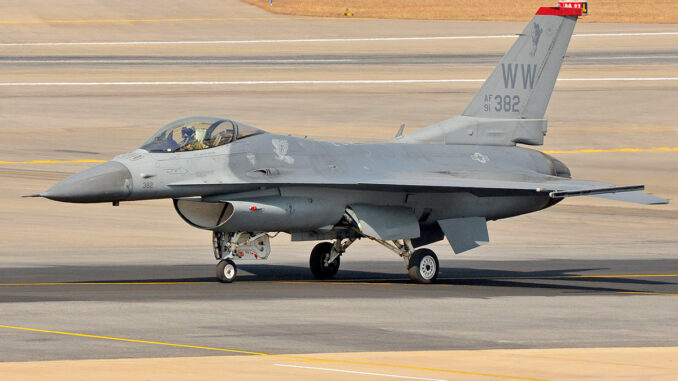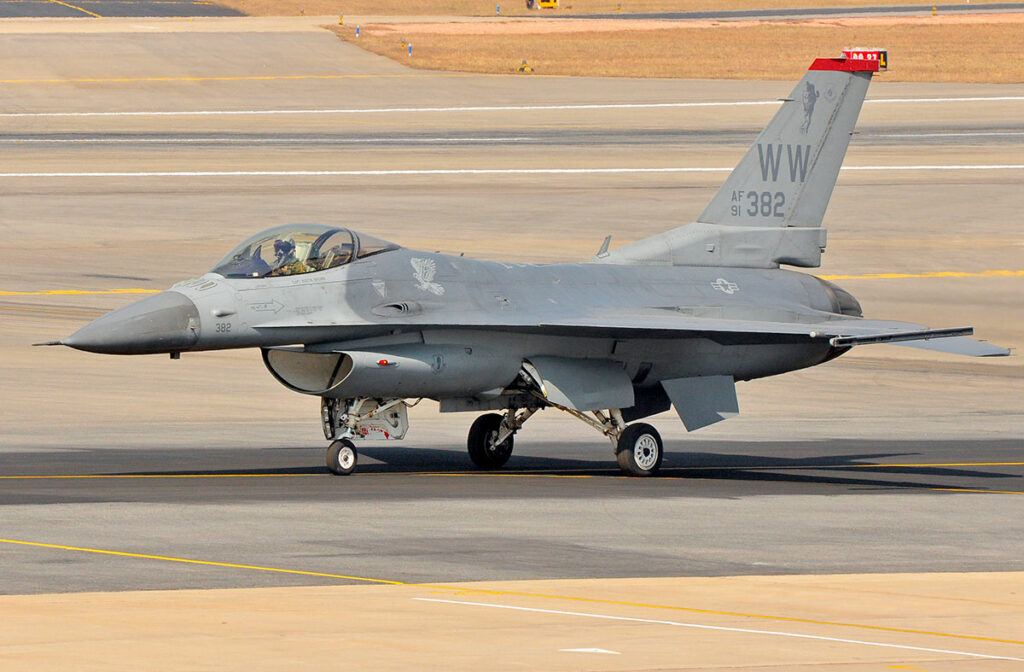
India is exploring the acquisition of Lockheed Martin’s F-21 to modernize its air fleet. A turning point in US-India defense relations.
Lockheed Martin is proposing to India the acquisition of 114 F-21 fighters, a modernized version of the F-16, to meet the needs of the MMRCA program. This strategic choice highlights the challenges of modernizing the Indian air force, with major industrial collaboration between the two nations. While the F-35 has been ruled out for the time being, India’s decision to choose between its own developments or external acquisitions will influence its military future. The F-21 promises local production and technological advances inspired by fifth-generation aircraft.
India’s strategic needs: modernizing its air fleet
India faces a complex geopolitical situation, with growing tensions in the region, particularly with China and Pakistan. Modernizing its air fleet is therefore a priority to ensure its ability to meet these challenges. The MMRCA (Medium Multi-Role Combat Aircraft) program aims to acquire 114 fighter jets to replace the aging aircraft of the Indian Air Force (IAF). Several proposals are on the table, including the F-21, the French Rafale, and Boeing’s F-15EX.
The F-21, derived from the F-16, is positioned as an intermediate solution between fourth- and fifth-generation fighters, enabling India to rapidly reinforce its capabilities while paving the way for future developments. The price per unit of the F-21 is estimated at around 70 million euros, making it competitive with the Rafale, valued at around 90 million euros per unit. The total cost of the program for India, including local production and technology transfer, is estimated at around 8 billion euros. This approach is in line with India’s “Make in India” strategy, aimed at strengthening local industrial capabilities.
The F-21’s technical features: a fighter tailored to IAF needs
The F-21 is not simply a copy of the F-16. It incorporates technologies borrowed from fifth-generation fighters, notably the Ground Collision Avoidance System (GCAS), and the AN/APG-83 radar, derived from F-35 and F-22 technologies. This radar can track up to 20 targets simultaneously within a 370 km radius. The aircraft is also equipped with a modern cockpit featuring touch screens and optimized interfaces for better management of weapons systems.
The F-21 is designed to be compatible with a wide variety of weapons, including AIM-120 air-to-air missiles, providing enhanced offensive capability. Its in-flight refueling capability via a retractable boom ensures extended mission endurance, with an operational range of 4,220 km without refueling. These improvements make it a viable option for the IAF, while enabling a technological transition to more advanced aircraft.

Local production and industrial partnerships
A key element of the F-21 proposal is Lockheed Martin’s commitment to produce a large proportion of the aircraft in India, in partnership with local companies such as Tata Advanced Systems. This would create thousands of jobs in India, while strengthening local aerospace industrial capabilities. The “Make in India” initiative aims to reduce India’s dependence on imports and boost domestic production.
Lockheed Martin has promised that 60% of F-21 components will be produced locally, giving India industrial autonomy in the maintenance and upgrading of its aircraft. In the long term, this technology transfer could also facilitate the development of AMCA, India’s program to produce a fifth-generation fighter. This partnership comes against a backdrop of strengthening strategic relations between the United States and India, a rapprochement motivated by regional geopolitical tensions.
Geopolitical and military stakes for India
India’s choice to turn to Western suppliers, notably the United States, reflects a gradual distancing from Russia, which has historically been India’s main supplier of military equipment. The war in Ukraine has exacerbated supply difficulties for Russian military equipment, prompting New Delhi to diversify its sources.
However, opting for the F-35 or continuing to develop the MCAA project represents a strategic dilemma for India. The F-35 would immediately provide India with stealth capabilities and technological superiority, but at the cost of increased dependence on the USA. Conversely, the development of the MCAA would enable India to preserve its defense independence, albeit at the cost of massive investment and prolonged development time. The budget allocated to the AMCA program is estimated at 6 billion euros for the research and development phases, with prototypes expected by 2030.
The future of Indian military aviation
India’s choice between the F-21, the F-35 and its own MCAA program will have a major impact on the future of its military aviation. The F-21 represents an immediate and affordable solution, compatible with the IAF’s current systems, while the F-35 would bring cutting-edge technological capabilities, at the cost of increased dependence on the United States. The MCAA, on the other hand, represents the long-term option for ensuring India’s technological independence, although its success depends on a number of economic and industrial factors. The choice India makes in the next few years will determine its place on the world defense stage.
War Wings Daily is an independant magazine.